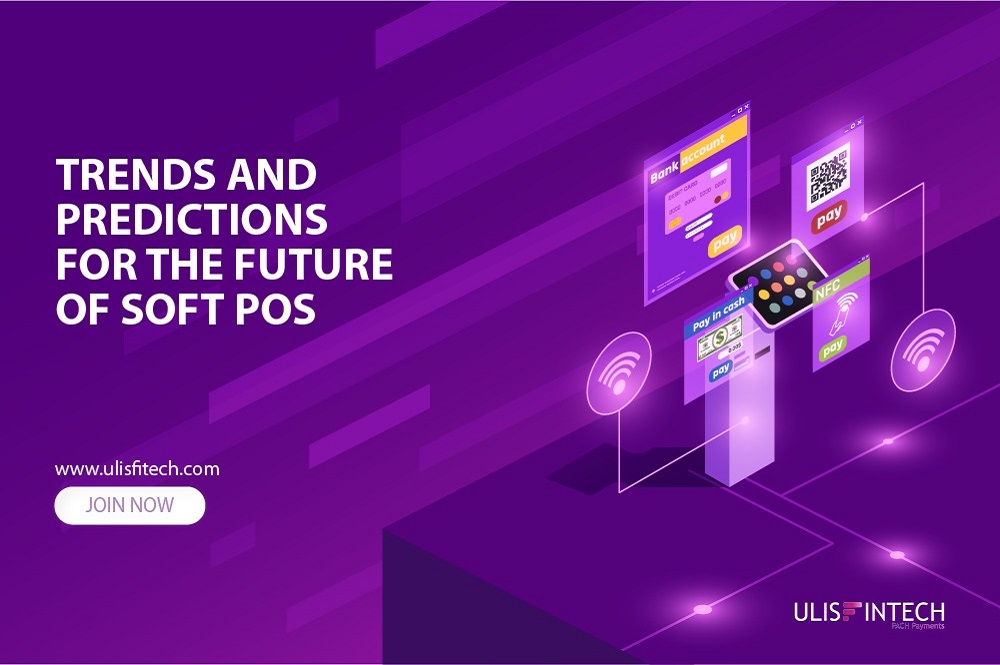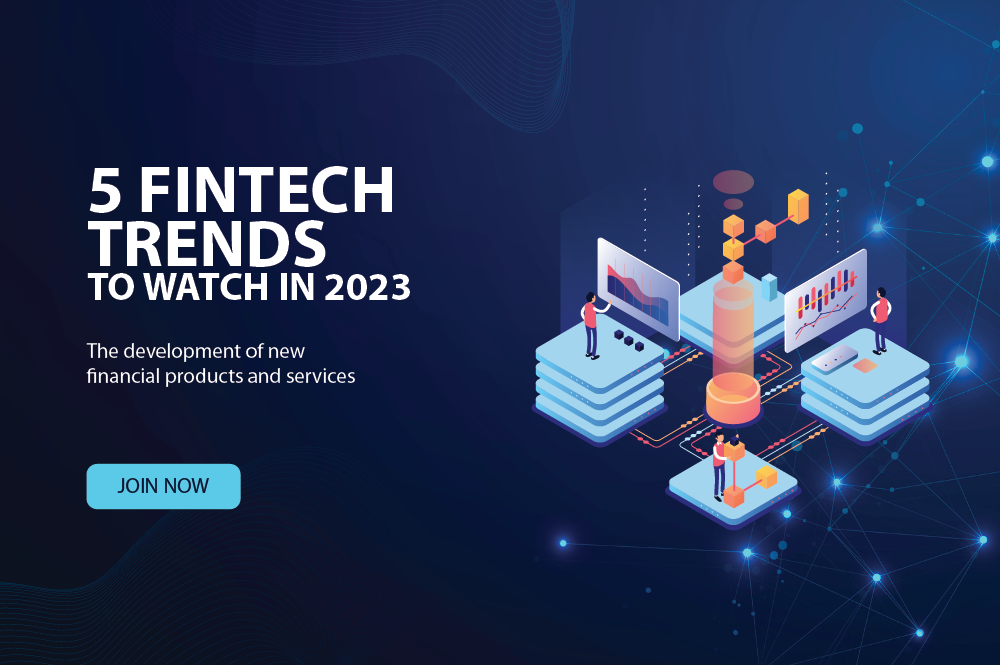Introduction of Open Banking Framework
Mar 30, 2022 - 7 MINS READ

Introduction of open banking framework
Modern banking is defined by severe competition from FinTech and technological behemoths, as well as shifting customer expectations. Banks are rapidly utilizing technology to modernize themselves and provide clients with personalized, convenient, and comprehensive goods and services. As a result, open banking approaches are gaining traction and will most likely become the industry standard in the next years. According to surveys, the number of open banking users is predicted to grow from 18 million in 2019 to 40 million in 2021. As end-users want greater insights into their entire financial health, the continuing epidemic is also helping to the rising adoption of open banking.
Fundamental principles for open financial ecosystems
First, it is necessary to get an agreement on who would be in charge of developing the open banking standards. Is it the government or the financial sector? The first leads to a regulated approach, whereas the second leads to a market-driven strategy. The basis for both is a legislative framework outlining the rights and duties of all open banking participants.
Second, consensus must be reached on the breadth of banking data and performance to be accessible (payments, checking accounts, transaction data, balances, trading accounts, pension accounts...), as well as if each bank is required to reveal the data/functionality or whether it is optional.
Many governments throughout the world are embracing open banking. The specifics vary, but the aforementioned concerns must always be addressed. Banks must understand and correctly exploit the underlying enabling technology in order to follow those technical regulations. APIs are widely used as technological enablers and as the foundation for establishing open banking.
So, in order to master open banking and build digital ecosystems, banks must first understand APIs.
Recognizing the Open Banking Ecosystem
To provide a uniform perspective, open banking models employ application programming interfaces (APIs) to combine consumers' financial information across many financial institutions. The development and rising adoption of open banking will enable banks to get deeper insights into client behaviour and needs, allowing them to provide more customized services and products. APIs provide endless potential for extracting value from client data, as well as for innovating and generating income. Open banking's assurance of real-time data access may be supplemented by simple business tools and powerful data analytics technologies such as artificial intelligence and machine learning.
- Regulatory agencies throughout the world are moving quickly to support open banking.
- The EU's second Payment Services Directive (PSD2), the Hong Kong Monetary Authority's national Open API Framework, and Australia's Consumer Data Right Act (CDR) all mandate banks to give TPPs access to consumer data via open APIs.
- Because open APIs can make the process faster, more transparent, and frictionless, open banking legislation will be a game-changer for services such as payments.
- Open APIs may also be used to authenticate account information and open the way for common identity management and authentication methods to be implemented across banks and other financial organizations.
- This will go a long way toward better handling situations of identity fraud.
However, some people are concerned about integrity and confidentiality. Financial institutions have historically been the owners and custodians of client data, but under this new paradigm, third-party providers will have access as well. To protect their data, all parties in the open banking system must address security issues and implement innovative AI-driven security solutions, as well as contractual agreements.
Banking in the Future
What role will conventional banks play in the new open banking ecosystem? If they do not adapt their technical infrastructure, operational processes, and even strategic vision, they risk losing relevance and becoming a simply utility service. FinTech and technology behemoths can monopolize the open banking environment and drive conventional banks to the side-lines due to their greater technological capabilities. However, this is a chance for banks to adapt and reset in order to become ecosystem orchestrators. They must investigate platform-based banking solutions to guarantee that banking is integrated into the system and that banks facilitate and manage all financial transactions.
There is also a substantial possibility for them to collaborate with FinTech by combining their digital knowledge with the conventional bank's economies of scale. One example of a symbiotic operating model is Visa's acquisition of Plaid, a business that designs data transfer networks to fuel FinTech’s and digital banking products.
The value proposition of open banking
Open banking contributes to the creation of a marketplace for various products and services via a common interface. It not only improves access to financial services but also generates higher value for users by creating healthy competition among diverse service providers.
- Banks may build innovative goods/processes/ processes that prioritize ease, transparency, speed, and security by exploiting the data produced across this ecosystem.
- They will be able to broaden their products as specialized areas such as digital loans, mobile remittances, and other microservices develop further in an open ecosystem.
- Super applications will link banks with a plethora of other financial and non-financial service providers to form an ecosystem.
- The adoption of open banking in collaboration with this ecosystem has the potential to transform the industry.
- Open banking will allow for the free flow of information and the establishment of a business network that will provide more value to stakeholders.
- This might help banks transition from transaction facilitators to curators and orchestrators of a comprehensive financial platform.
Conclusion
Open banking is only the first step in giving people control over their financial data and behaviour. This has the potential to grow into a far bigger notion — open banking, in which an individual's whole financial footprint might be given up to trustworthy third-party APIs with their permission. Rather than the typical vertically integrated value chain paradigm, this information will flow horizontally across the ecosystem. The ecosystem will be built on cooperation and partnerships, resulting in the bundling, unbundling, and re-bundling of goods and services to meet the demands of customers. The future of banking is built on collaboration and partnership between FinTech and banks, where they create complementary capabilities and strategies together.







